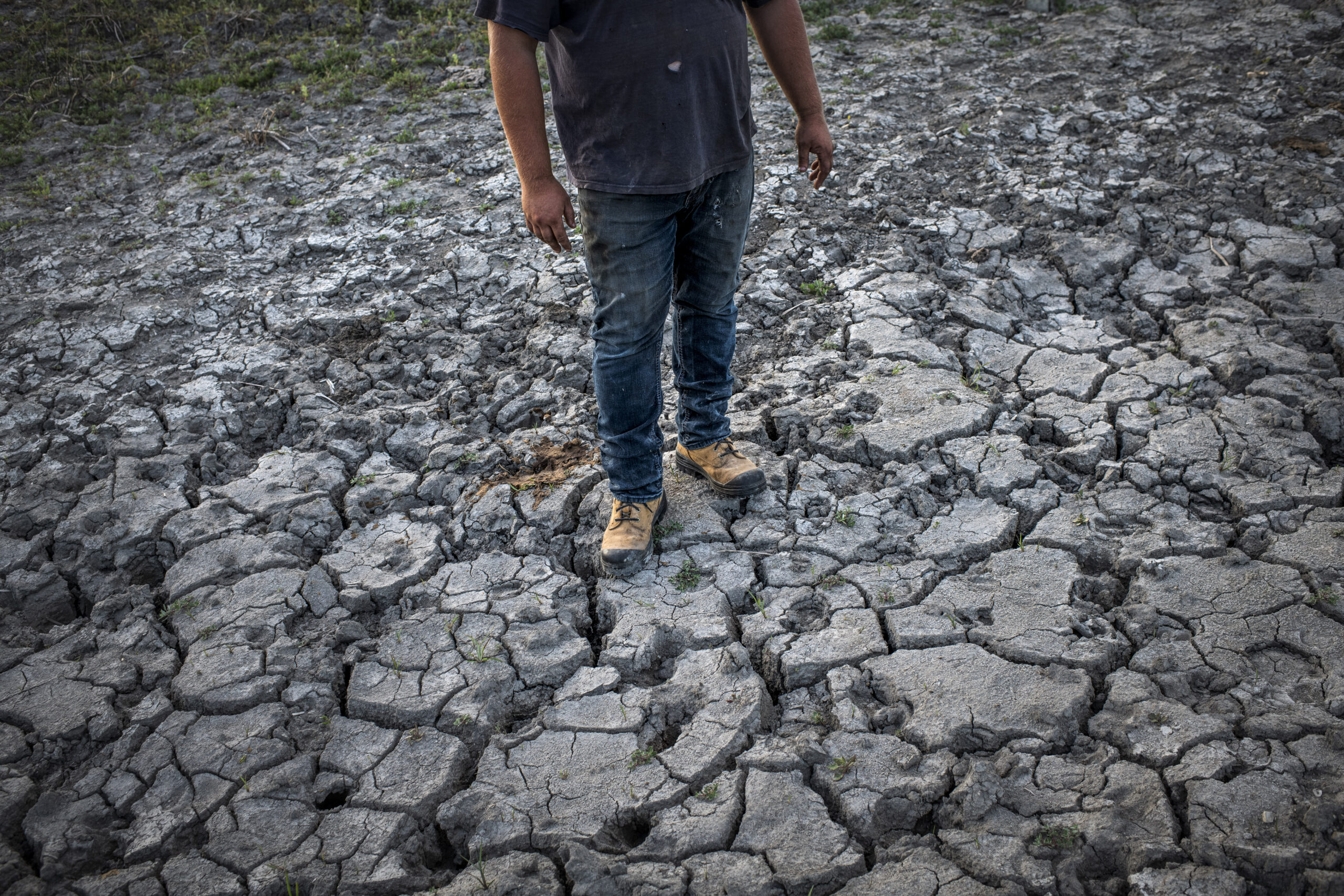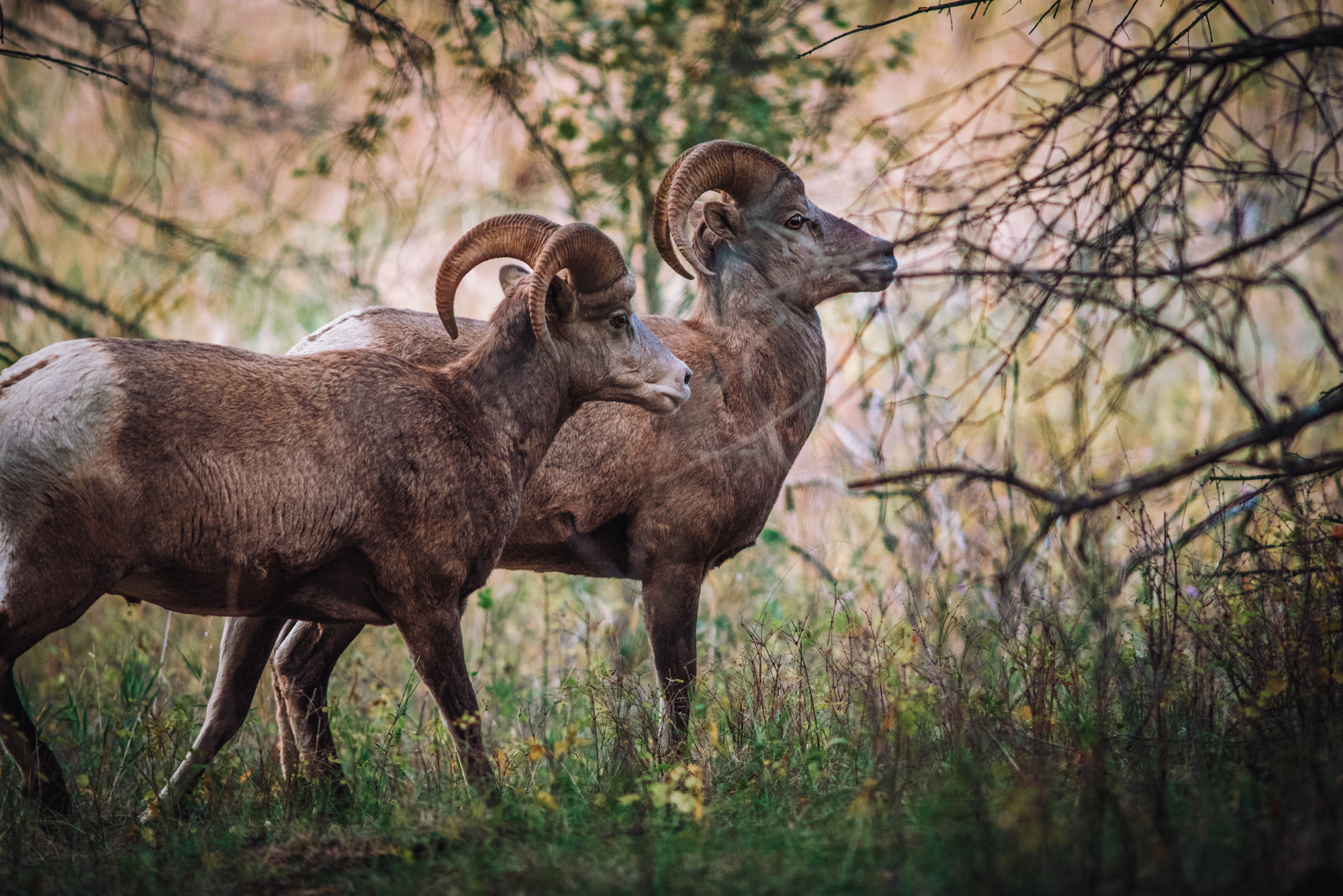
Rocky Mountain coal mine in Alberta takes next step to expansion
In Alberta, a massive open-pit coal mine near Jasper National Park is hoping to expand...
Get the inside scoop on The Narwhal’s environment and climate reporting by signing up for our free newsletter.
While Canada continues to wrestle with an existential threat posed by the guy in charge of the country next door (I’m talking President Donald Trump, not Elon Musk, but swap the names as you see fit), it’s not the only game in town.
In Alberta, as the premier tries to fend off allegations of a potentially explosive corruption scandal, the province is pumping out news releases on everything from irrigation repairs (maybe good?) to funding for energy conservation and emissions reductions (devil’s in the details). There’s also a new Alberta Energy Regulator CEO who has a lot of experience regulating working in the industry.
Oh, and hunting. There’s always hunting. Why is there always hunting? Because there’s always hunting.
Let’s dive in, shall we?
Is industry capable of self-regulation? What about industry insiders running semi-independent regulators? It’s an ongoing question across industries, but it’s particularly acute in Alberta’s oil patch. Knowledge of the industry is one thing, but the Alberta Energy Regulator isn’t mucking around with nuance, however, appointing a long-time oil and gas executive to lead the organization. (Six of the seven directors on the regulator’s board, which made the appointment, just happen to also be oil and gas insiders.)
On Thursday, the regulator said Rob Morgan would take the reins starting on Feb. 18, replacing Laurie Pushor. Pushor said last August that he wouldn’t renew his contract.
Morgan helped build Strathcona Resources into the fifth-largest oil producer in the country during his seven-year term as chief executive. He retired in October.
According to The Globe and Mail, Morgan doesn’t have a plan to tackle the ever-present problem of inactive wells that will cost at least tens of billions of dollars to clean up, but he’ll chat with staff and stakeholders.
According to the energy regulator he will soon lead, Morgan’s former company has 513 inactive wells — 31 per cent of all its wells that haven’t been capped and sealed or reclaimed.
Makes sense he hasn’t considered the issue.
I’m working on this on Valentine’s Day, so you’ll forgive me if my mind is full of romantic visions. Beavers and geese embracing one another across a frozen tundra, inflamed by nationalistic fervor to create an unholy Canadian beast that shall seek its vengeance upon those without our natural wealth.

Regardless, the cross-provincial love fest continues to heat up in the face of an existential threat from the guy who is purportedly leading the United States at the moment (I think it’s actually Elon Musk’s small child, named X Æ A-Xii, but we can debate that later).
Even old frenemies Alberta and Quebec have been hit by Cupid’s arrow. Quebec Premier François Legault told Politico he spoke with the Alberta premier on Feb. 12 about pipelines while the two joined their provincial and territorial colleagues for a big old peer-pressure session at the White House that didn’t go so great.
Legault said that although Quebeckers are pro-environment, the, uh, environment has changed with Trump (or X Æ A-Xii) in charge.
“What I said is we need social acceptability. We didn’t have it the last time we had a project but it may change in the future because people are very unhappy about Mr. Trump and they see that if we want to get this oil and gas out of Canada, you have to go through Quebec to export to Europe,” he said.
I think we should call the new Canadian beast the Beagoose. Maybe Goover. I’m open to suggestions, but I think I’ve set the bar pretty high.
Whatever it’s called, it will hiss. No debate.
The Alberta government, which is absolutely not trying to draw attention away from allegations of a more than half-billion-dollar corruption scandal with plenty of funding announcements, announced it was continuing with a program it had already announced and allocated funding for in the last budget.
Irrigation can seem like a fairly harmless enterprise that only helps bring water to crops, but the practice is under increased scrutiny in the midst of a multi-year drought, with irrigation being the biggest water user.
That said, there are some elements of the plan that could help conserve water by preventing evaporation, replacing open channels with buried pipelines.

I guess the government just wanted you to know it’s still spending that money it’s spending, for some reason.
The government also announced the latest round of energy efficiency projects that will be partially funded through its industrial carbon tax.
Unlike a previous announcement, which focused on helping oil and gas companies improve drilling, this one appears focused on efficiency and emissions, which to the government means using drones to plant trees and “developing concentrated milk products” that can be transported more easily.
I don’t know, man. I don’t make the news, I just report it.
Last week felt weird, mostly just because the minister of forestry and parks, Todd Loewen, didn’t have an event promoting hunting.
It looked like the despair might continue this week, but fortunately I have a keen news sense and clicked on the news release entitled “Utah auction set to support conservation work in Alberta.”

You see, the conservation work is the work done by hunting organizations that are funded by hunting fees.
Loewen has been hyping this auction with the zeal of man with a giant clock around his neck, so this is the culmination of a lot of work. He’ll be in Salt Lake City from Feb. 13 to 17 to attend the Western Hunting and Conservation Expo, which includes an auction of special licences to hunt elk, mule deer, moose, pronghorn, cougar, whitetail deer and turkey.
According to the province, these types of licences raised more than $1.2 million. A recent auction of a bighorn sheep licence went for a record $400,000.
By the time the mounted head of the sheep crosses over the border, it should cost the hunter approximately $9 trillion due to a cascading avalanche of tariffs, counter-tariffs and thin-skinned recriminations.
Get the inside scoop on The Narwhal’s environment and climate reporting by signing up for our free newsletter. A $335 million funding commitment to fund...
Continue reading
In Alberta, a massive open-pit coal mine near Jasper National Park is hoping to expand...

A trade war could help remake B.C.’s food system, but will family farmers be left...

First Nations are leading efforts to make sure lake sturgeon can find a home in...
